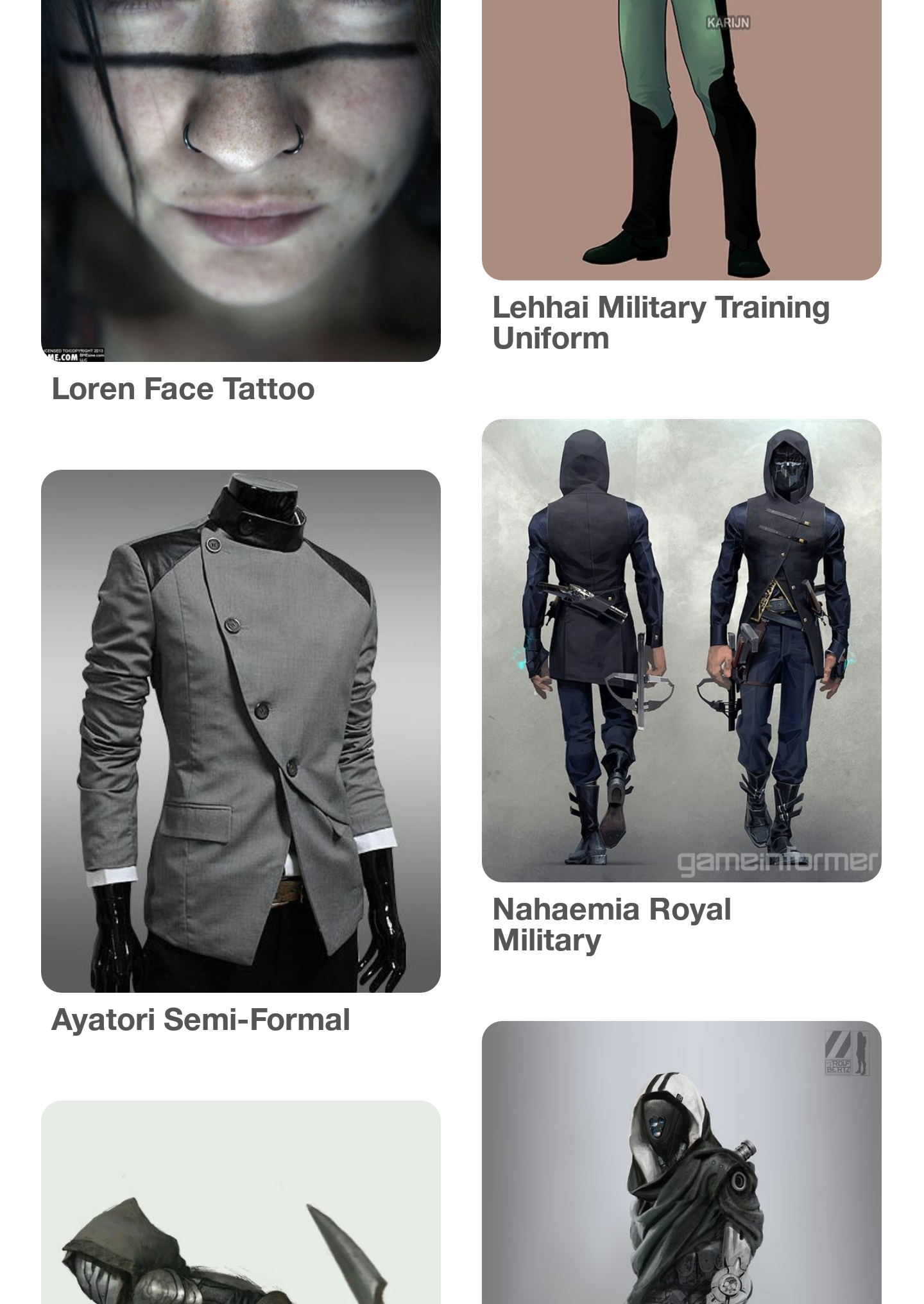How to Prepare for NaNoWriMo
We're halfway through October, which means it's critical prep time for National Novel Writing Month—or NaNoWriMo for short.
The event, which takes place every November, challenges writers both aspiring and established to crank out a 50,000 word written work in just 30 days. Broken down, that's almost 1,700 words a day for a whole month. As someone who's participated three times before, I can guarantee it's as intense and occasionally grueling as it sounds.
However, the difference between success and crippling failure is planning. At least, that's what I've been told. I've never actually managed to complete a NaNoWriMo before. Looking back, though, I've also never had a real solid plan in place before jumping in. I had maybe a general concept or a very basic outline but, for the most part, I went in completely unprepared. Going into my fourth year participating, I hope I've finally learned my lesson for this year. Here are a few things that I've learned to have prepped and ready before November 1 rolls around.
Plot Outline
This is probably one of the biggest things I've seen suggested by past NaNoWriMo winners. Whether you're someone who just writes as they go or rely heavily on a pre-determined structure, having at least a general roadmap of where your story will go is a huge help. I'm one of those people that outlines any idea that pops into my head, which really helps me decide which ideas can actually bloom into a full-fledged story, and which are dead ends. Naturally, the extent of your outline going into NaNoWriMo will depend on your own writing preferences and style, but having something laid out will help to keep you on track and give you a general path of where your story is headed, leaving more brain power for actually cranking out those words.
I usually create a bulleted not-too-general-but-not-too-specific outline for my stories. That way at least the general plot flow is laid out so I know what's coming. Bulleted lists, like the one below for one of my abandoned projects, also make it super easy for me to go back and edit specific points without needing to rewrite everything.
Research/Notes/Extra Information
Coming up with details for a new world can be hard. Even if your story is set in the modern world, there are still inevitably some things you won't know off the top of your head. If you have a character that's a birdwatcher living in Idaho, you need to know what birds live in the area, as well as what kind of equipment they use to birdwatch and even where they go. The birds that show up in a neighborhood will definitely differ from the birds that show up in a forest or near a lake. If you're working in a completely new world, research and notes are even more important. You might need to come up with maps or info sheets on new races or magic classes or determine specifics on your characters' superpowers. Whatever your story may need, you should get all the nitty-gritty details figured out at the start, so you don't get caught up spending valuable writing time trying to figure out the semantics.
If you're really into specific, organized notes like I am, you should also work to build a system that makes things easy to find. That way, if you need to look something up while you're writing, it's quick and easy. I keep everything in a series of Google Drive folders, all encompassed in one main project folder. For example, I've named my NaNo project for this year "The Return from Exile". Within that folder, I have a "Notes" folder and a "Chapters" folder, as well as the document with my plot outline. As you can see below, my Notes folder contains a folder for each of the six kingdoms in my story, which then has a series of character-specific folders and royal family lineage information in each one. There's also my Six Kingdoms overview document, which stays just in the Notes folder.
Reference Collection
If you're someone like me who sometimes needs visual aids, collecting reference images is a must. It can take a lot of time to stockpile a good selection, especially if you're really particular in what you're looking for, which is a great reason to get this built up before November comes around. I sort my reference images either by adding them to their corresponding notes folders in Google Drive or pinning them to a Pinterest board just for the project. A few years ago, I was working on a project that had a limited number of characters, so I was able to put both character reference images and general aesthetic reference images in a single Pinterest board. Other times, however, I've had to split my boards up. Maybe one for each group or even one for each character, if need be. How you organize your reference images is up to you, but gathering at least an initial collection before you start writing can make all the difference.
Preparation is crucial when planning a story, especially if you're going to be cranking out 50,000+ words in 30 days. Getting as much planning and collecting done as you possibly can before that looming November 1 start date is any NaNoWriMo participant's best course of action. At least, so I hope.
What are some tips and tricks you've picked up for surviving NaNoWriMo? Let me know in the comments below.
If you're also participating in NaNo this year, feel free to add me as a writing buddy. Seeing how other people are doing can definitely be helpful when it comes to keeping yourself motivated.



